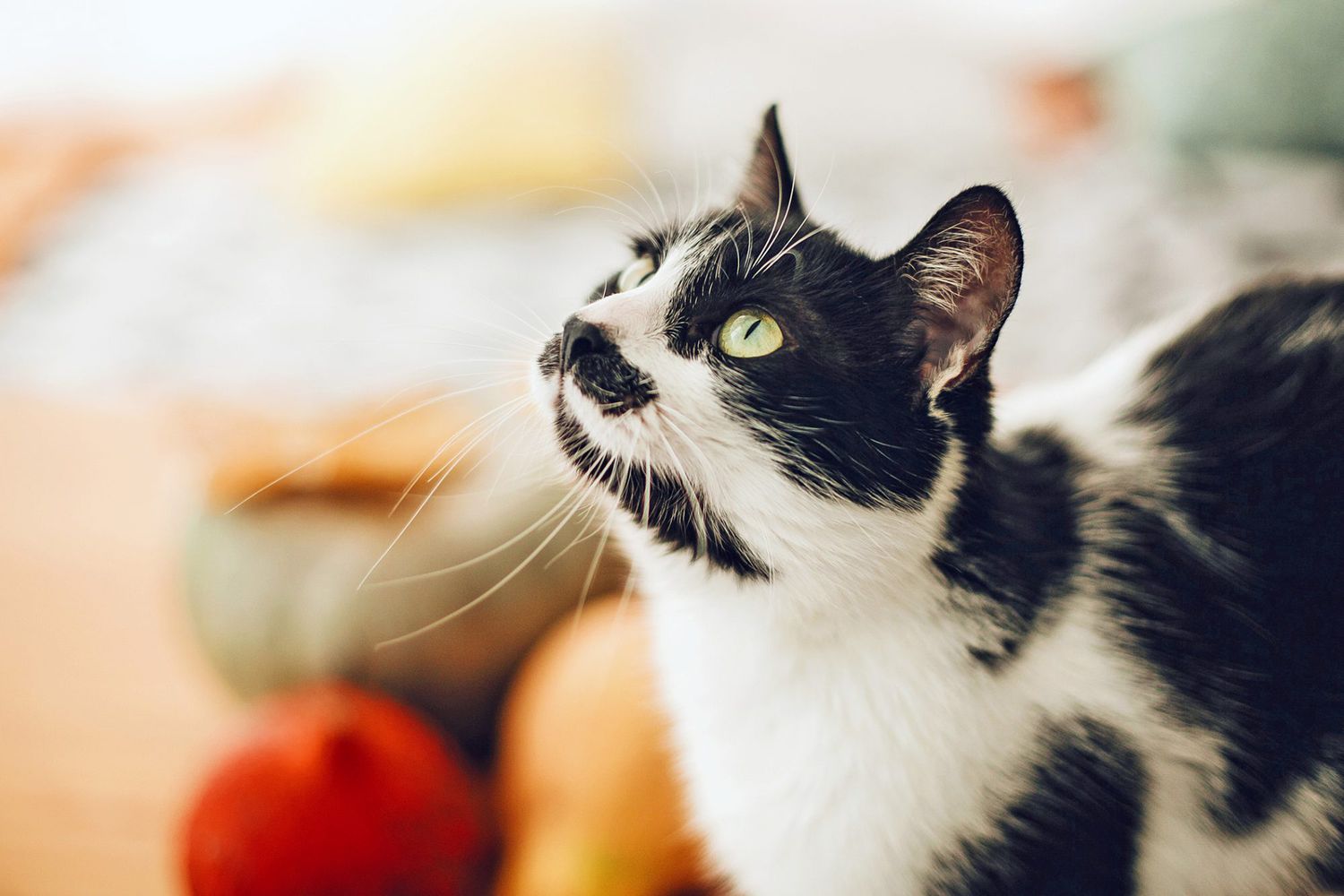
Cat litter and litter boxes play an essential role in the lives of both felines and their owners. From the humble beginnings of sand and soil to the innovative improvements of today, the world of cat litter has developed significantly. In this extensive guide, we dive into every element of cat litter and litter boxes, exploring their history, types, benefits, challenges, and everything in between.
The history of cat litter dates back centuries, with ancient civilizations using sand, soil, and even ashes as primitive litter materials. However, it wasn't up until the mid-20th century that contemporary cat litter as we understand it emerged. In 1947, Edward copyright presented the world's very first business cat litter made from absorbent clay, revolutionizing the way cats relieved themselves indoors. Ever since, cat litter has undergone various changes, with the intro of clumping litter, silica gel litter, naturally degradable choices, and more.
Today, feline owners are ruined for choice when it concerns choosing the best litter for their feline companions. Conventional clay litter remains popular for its cost and effectiveness in taking in odors. Clumping litter, which forms solid clumps when wet, simplifies cleaning and upkeep. Silica gel litter, made up of extremely absorbent silica crystals, provides remarkable smell control and durability. Eco-friendly alternatives, such as recycled paper, wood pellets, corn, and wheat, attract environmentally conscious consumers.
Each type of cat litter uses special benefits. Clay litter masters its ability to soak up wetness and control odors, making it a trustworthy choice for many cat owners. Clumping litter streamlines everyday scooping and extends the time between complete litter changes. Silica gel litter provides exceptional smell control and can last longer Covered Litter Boxes in between replacements. Naturally degradable litters offer a sustainable option that lessens environmental impact.
While cat litter boosts indoor feline hygiene, it is not without its challenges. Dust from clay litter can pose breathing dangers for both cats and human beings, prompting the appeal of dust-free options. Some cats might develop litter box hostility due to problems cat litter scoop with texture, scent, or tidiness, requiring experimentation with different litters and box setups. Multi-cat households may need strategic litter box positioning and frequent upkeep to prevent territorial disagreements and guarantee all felines have access to clean centers.
Choosing the appropriate litter box is vital for promoting positive litter box routines and overall feline wellness. Elements cat litter box furniture to think about consist of size, ease of access, and style preferences. Covered litter boxes supply privacy and aid contain smells, but some felines might find them restricting or intimidating. Open-top litter boxes provide simple access and exposure but may lead to more litter scatter. Automatic self-cleaning litter boxes streamline upkeep however require routine tracking and upkeep.
Correct litter box maintenance is important for making sure a tidy and inviting environment for both cats and their owners. Daily scooping removes waste without delay, reducing smell and discouraging litter box aversion. Routine litter replacement, typically every 1-2 weeks, prevents bacterial accumulation and keeps optimal absorbency. Comprehensive cleansing with mild detergent and water, preventing extreme chemicals that may discourage felines from utilizing the box, ought to be carried out monthly.
Cat litter and litter boxes play a main role in cultivating a healthy and unified relationship between cats and their human companions. With a varied selection of litter choices and litter box styles readily available, cat owners have the flexibility to tailor their options to match their felines' preferences and home requirements. By comprehending the evolution, types, benefits, and difficulties of cat litter and litter boxes, family pet owners can supply their feline friends with a comfortable and hygienic indoor environment.